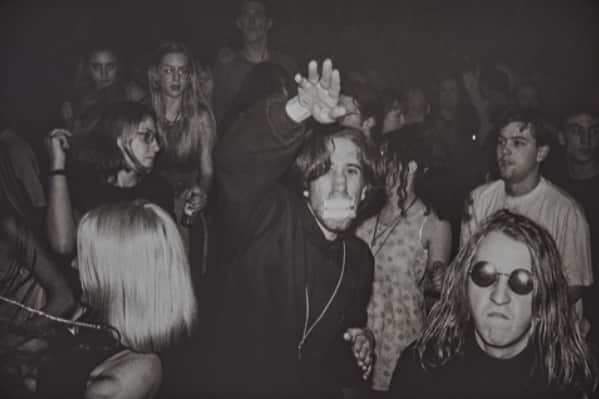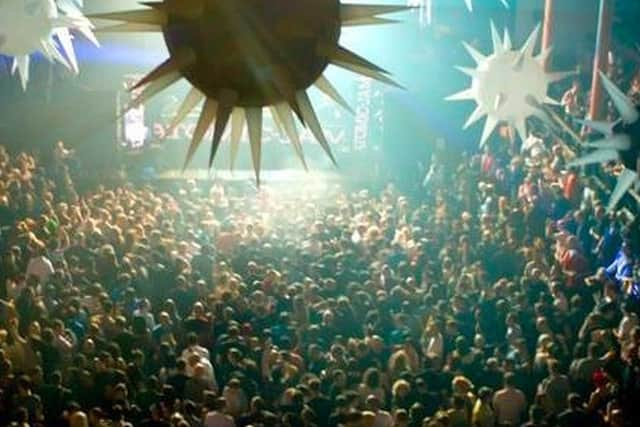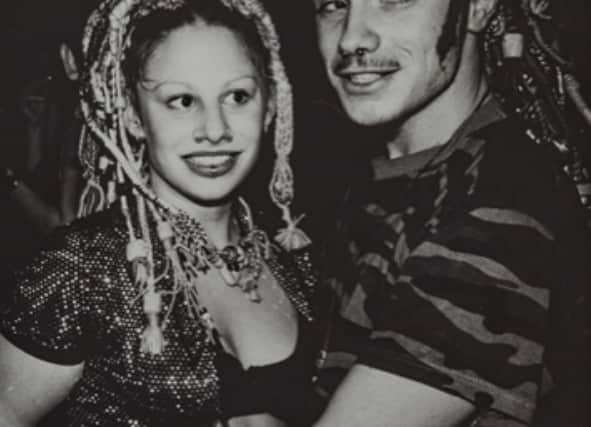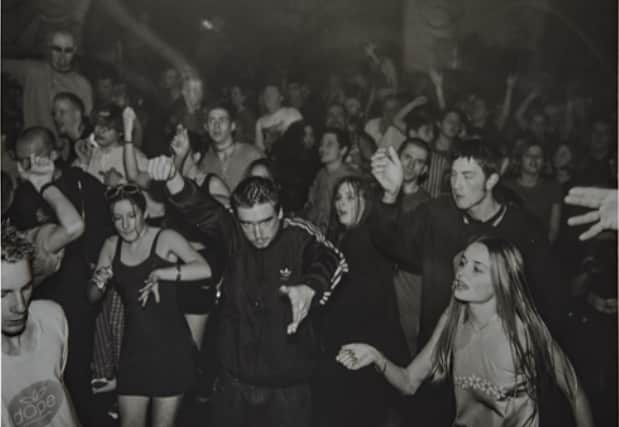Que Club Birmingham: sneak peak at exhibition celebrating the legendary 90s venue
and live on Freeview channel 276
Memories, photos and souvenirs of Birmingham’s legendary Que Club will be part of an exhibition to celebrate one of the UK’s best venues.
Opening on 28 April at Birmingham Museum and Art Gallery and running until December, In The Que will be a tribute to the city’s temple to techno.
Advertisement
Hide AdAdvertisement
Hide AdIt will feature a 35-minute film of archive footage and interviews, plus flyers, ticket stubs, posters, T-shirts and a security jacket. There will even be items left behind by some of the stars who graced its stage, such as a sock and a sketch from David Bowie.
Photographs from clubbers will be displayed alongside previously unseen images from internationally-renowned photographer Terence Donovan.


What was the Que Club?
It’s a three-storey, Grade II-listed red brick building complete with tower at the top of Corporation Street. It opened in 1904 as the Methodist Central Hall with a huge main hall and more than 30 other rooms.
In 1989 it was bought by Billy Gaff, the former manager of Rod Stewart and the owner of London’s Marquee Club. He dropped a few letters to open it as the Que Club for live music. But it was soon used by club promoters and people came from all over the country, and queued all the way down the street, to get into the Atomic Jam, Flashback, Spacehopper and House of God nights. As the building was still used for worship, clubbers going home would pass the congregation coming in on Sunday morning.
Advertisement
Hide AdAdvertisement
Hide AdActs who played there included Run-DMC, Blur, Pulp and Primal Scream, plus DJs Carl Cox and Paul Oakenfold. David Bowie performed in 1997 for £15 a ticket, and Daft Punk included 45 minutes of their live set at the club on their album Alive 1997. It closed down in 2011.


What was special about the Que Club?
“It’s a stunning building and nights there are ingrained in the memories of a lot of people in Birmingham,” says Jez Collins from Birmingham Music Archive, the man behind In The Que.
“The Que Club is an incredibly important part of our culture. It’s not just nostalgia, it’s part of our identity. It was one of the best clubs in the country and a brilliant venue, like nothing else in the city. You could stand on the balcony and look down on 3,000 people dancing to a great sound. You could lose your friends in the maze of rooms and make new ones.”


Who’s behind the exhibition?
The curator is Jez Collins, who wants to celebrate Birmingham’s rich and diverse musical history, and not just the big hitters like Black Sabbath and Duran Duran. The idea for In The Que began in 2018.
Advertisement
Hide AdAdvertisement
Hide AdAfter asking people on the Birmingham Music Archive website and the In The Que Facebook page, thousands of donations flooded in of photos, film footage and artefacts from clubbers, DJs and bouncers.
“We were sent all this amazing material that people had kept under their beds, in lofts and garages,” says Jez.
The exhibition received a £42,000 National Lottery grant and was due to open in March 2020 before Covid hit, and has since been postponed half a dozen times. There were two previous venues, Medicine Bakery and the Custard Factory, before Birmingham Museum and Art Gallery which Jez says “is actually the best outcome in the end”.


Why was Terence Donovan at the club?
World-renowned photographer Donovan was most famous for capturing 1960s swinging London and celebrities like Princess Diana, but in January 1996 he came to a House of God night at the Que Club because his son Terry, a Birmingham University student, was a DJ there.
Advertisement
Hide AdAdvertisement
Hide AdThe 65 photos, showing the range of people in the club from punks with mohicans to lads in tracksuits and girls in tight dresses, were sent to Chris Wishart, a House of God founder. They stayed in a drawer in his Wolverhampton house until Chris showed them to Jez, who was interviewing him for the exhibition film.
“Ten of the stunning black and white photos will be blown up and on the museum walls,” says Jez. “They’ll be alongside, and no more important than, the amateur pictures. For example, someone in the audience captured brilliant close-ups of Bowie.”


How is the exhibition ‘sensory’?
As well as all the items to look at, and the film on a continuous loop, there will also be a ‘sound shower’ – you can stand under speakers to listen to some of the ‘90s music. The vibe of the chillout room will be recreated and Jez is even talking about trying to replicate the club’s scent.
“Though it would probably be a smell of stale beer and weed,” he smiles. “We’d also love to get some of the fondly-remembered bucket chairs from the club for people to sit on.”


What’s the future of the Que Club?
Advertisement
Hide AdAdvertisement
Hide AdThe building is on the Heritage At Risk Register to protect historic places, which notes it “continues to deteriorate with extensive vegetation at upper levels”. Planning permission was granted in 2018 to turn it into a 147-bed hotel, but the company went into administration. It’s understood that there may be a potential new buyer on the scene now, also interested in the hotel option.
A message from the editor:
Thank you for reading. BirminghamWorld is Birmingham’s latest news website, championing everything that is great about our city - reporting on news, lifestyle and sport. We want to start a community among our readers, so please follow us on Facebook,Twitter and Instagram, and keep the conversation going
Comment Guidelines
National World encourages reader discussion on our stories. User feedback, insights and back-and-forth exchanges add a rich layer of context to reporting. Please review our Community Guidelines before commenting.